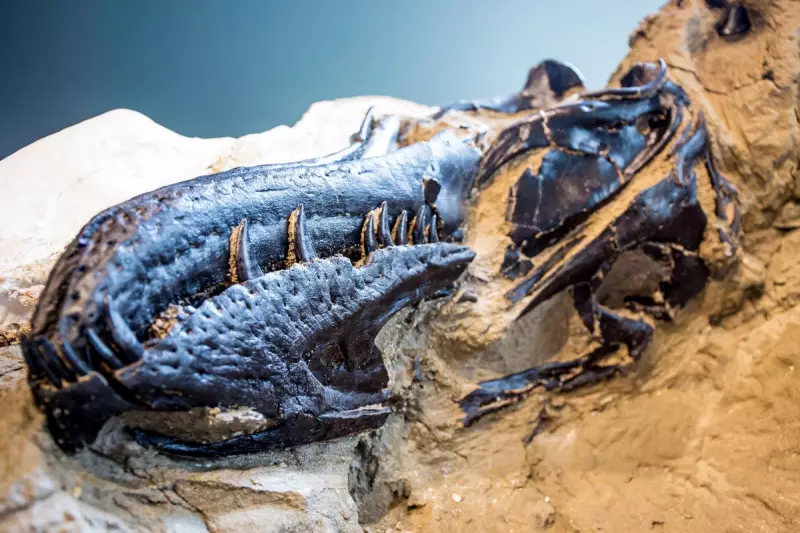
In a revolutionary discovery that's shaking the world of paleontology, scientists have determined that the legendary Tyrannosaurus rex wasn't a single species but actually comprised three distinct types of the fearsome predator.
The Research That Changes Everything
A comprehensive analysis of Tyrannosaurus fossils has revealed significant variations in bone structure that can't be explained by differences in sex or normal individual variation. The study examined 37 Tyrannosaurus specimens, uncovering compelling evidence that requires rewriting the dinosaur history books.
Meet the New Tyrannosaurus Family
According to the research published in Evolutionary Biology, the Tyrannosaurus genus should now include:
- Tyrannosaurus rex - the classic predator we know
- Tyrannosaurus imperator - characterized by more slender bones
- Tyrannosaurus regina - featuring more robust skeletal features
The study's lead researcher, Gregory Paul, explained that "the differences are comparable to variations we see between lion and tiger species today."
What This Means for Dinosaur Science
This discovery fundamentally alters our understanding of dinosaur evolution and diversity. The variations in femur bones and dental structures suggest these species may have occupied different ecological niches or evolved in response to changing environmental conditions during the Late Cretaceous period.
The research team examined specimens from multiple museum collections, including the famous "Jane" specimen from Montana, which played a crucial role in their analysis. The findings suggest that what we've been calling T-Rex for over a century actually represents multiple branches of the tyrannosaur family tree.
This groundbreaking study opens new avenues for understanding how these magnificent creatures evolved and dominated their ecosystems millions of years before their sudden extinction.





